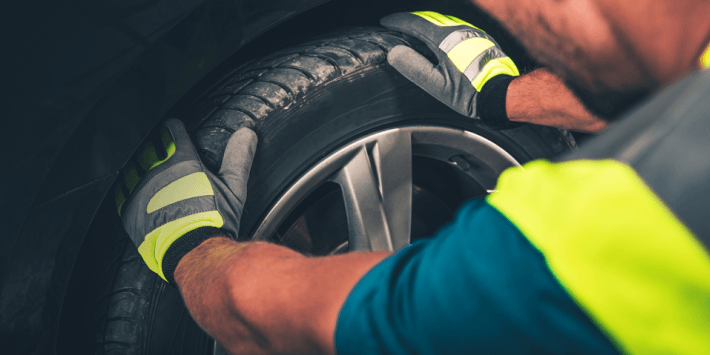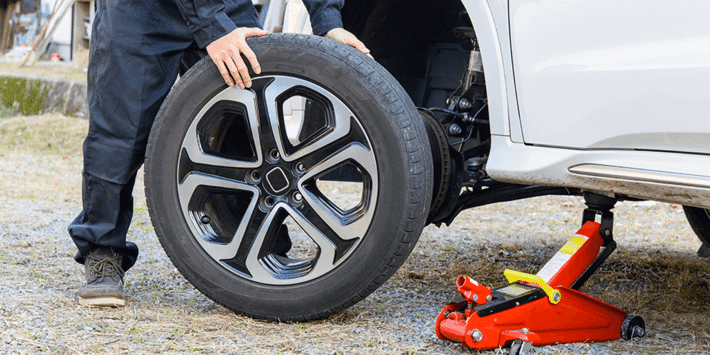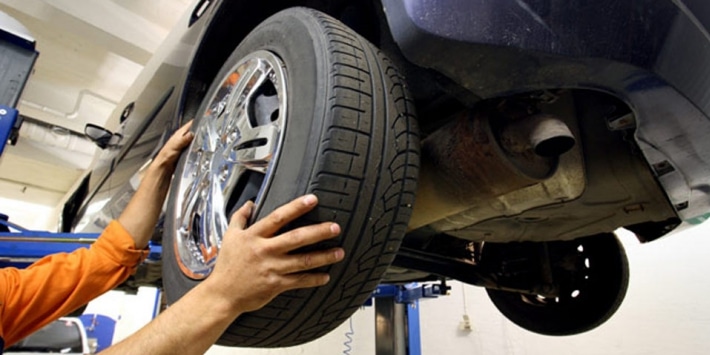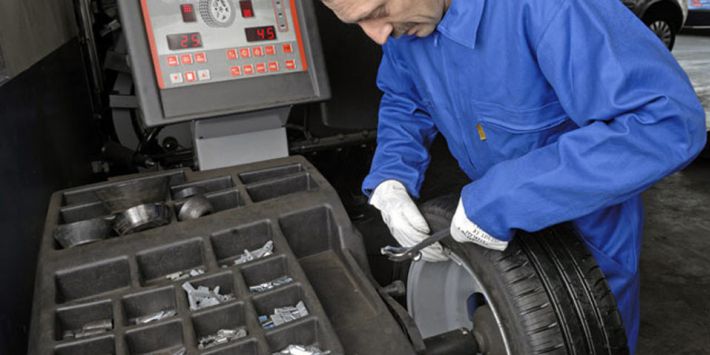You’ve no doubt heard about the advantages of run-flat tyres: first and foremost, they allow you to continue driving after a puncture (for up to 50 miles at a maximum speed of 50 mph) saving you the inconvenience and potential hazards of changing your wheel at the roadside. What you may not know, is that fitting run-flat tyres requires specific technical equipment and specialist know-how. We explain the special features of run-flat tyres and why it's important to have them fitted by a professional.

Fitting run-flat tyres: what do I need to know?
We recommend you ask a specialised garage to fit your run-flat tyres. This is due to the specific technical features of these tyres. Most run-flat tyres have reinforced sidewalls to prevent them from collapsing in the event of a puncture, allowing you to continue driving. Given the stiffness of these sidewalls, run-flat tyres require special fitting machines.
What’s more, run-flat tyres are connected to your vehicle’s TPMS. With reinforced tyres, you may not even notice that you have a flat. Therefore, you need to rely on your tyre pressure monitoring system to warn you if one of your tyres is losing air. When fitting run-flat tyres, the technician must take care not to damage the pressure sensors often found inside the tyre. And, of course, after fitting, he or she should always check that the TPMS is working correctly.
Finally, here are some other factors to take into account with run-flat tyres:
- Most cars with a TPMS can be fitted with run-flat tyres such as the Bridgestone Driveguard. Some manufacturers offer vehicle-specific run-flats (for example, BMW, Mercedes and Mini).
- Vehicle electronic control systems (ESP, ABS etc.) are sometimes adapted for this type of tyre.
- Run-flat tyres are fitted in fours. You should not fit 2 runflat tyres and 2 standard tyres on the same car. You either fit 4 runflat tyres or 4 conventional tyres. However, you can replace the original runflat tyres with 4 new non runflat tyres. Generally, it’s not recommended to mix different brands on the front and rear axles. If you want to do this, your garage must ensure the TPMS works correctly with this configuration.
Where can I fit run-flat tyres?
To fit your run-flat tyres, make sure you go to a garage with modern equipment suitable for run-flat technology and TPMS systems. Some tyre manufacturers such as Michelin and Continental provide training and certification for their partners. For example, Continental’s SSR runflat tyres are only sold and fitted by dealers that are trained and certified by the tyre manufacturer.




